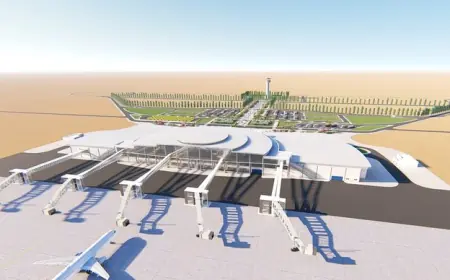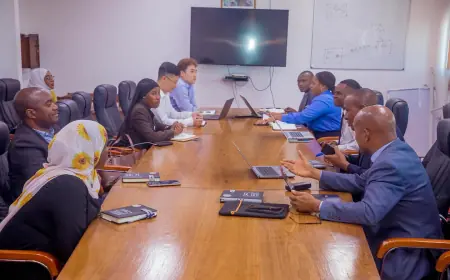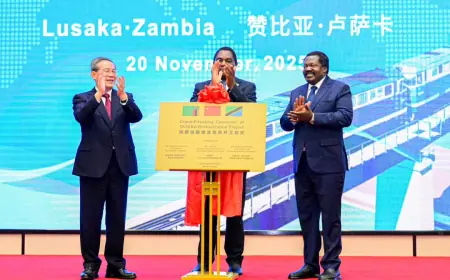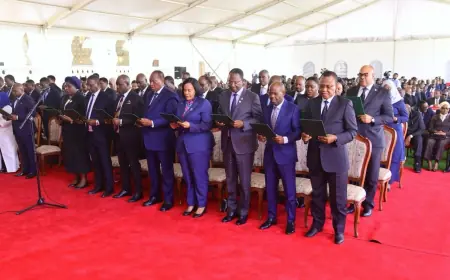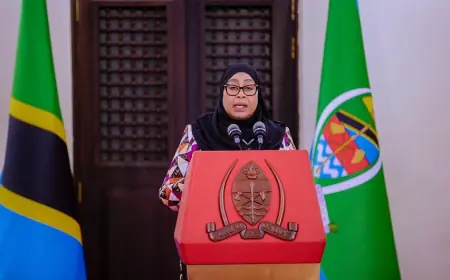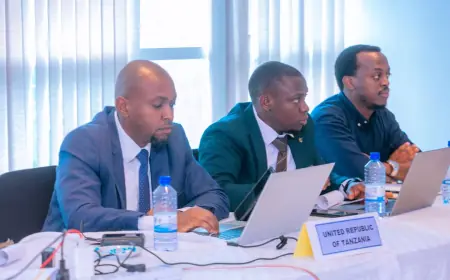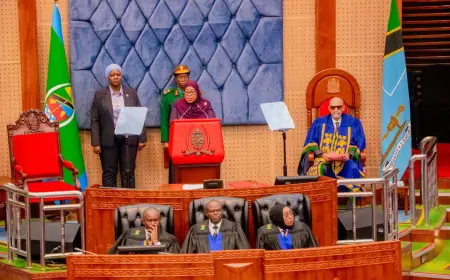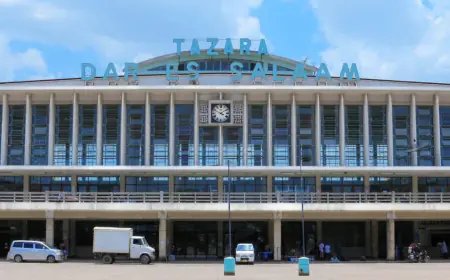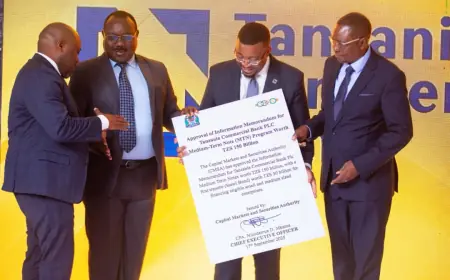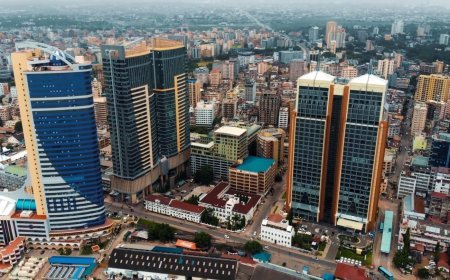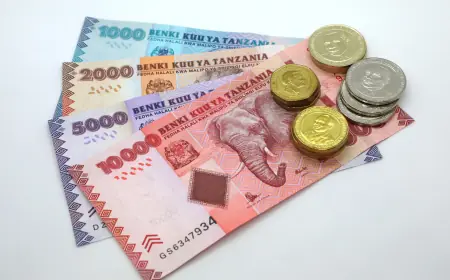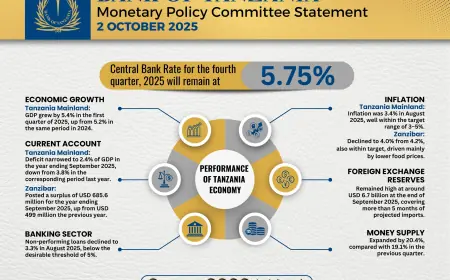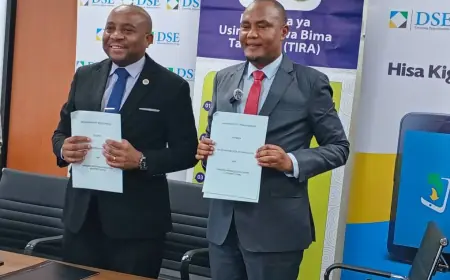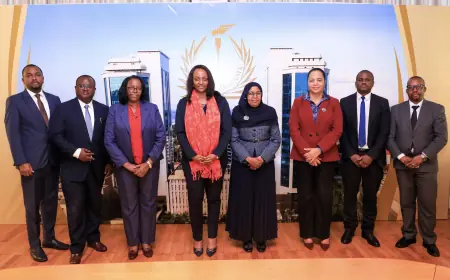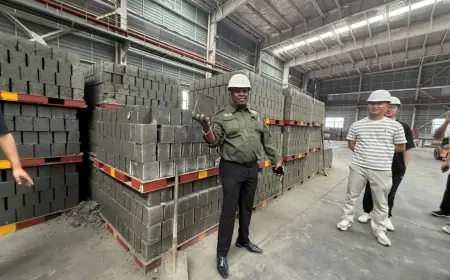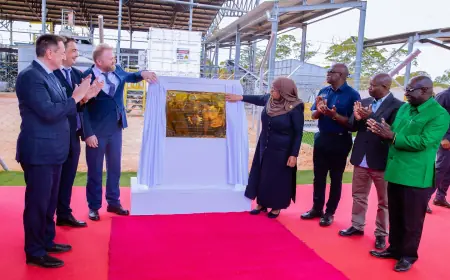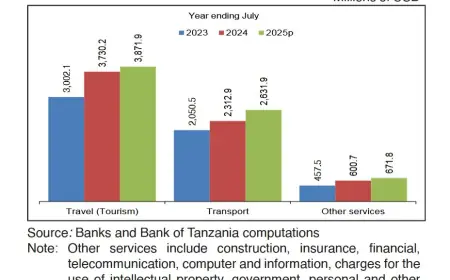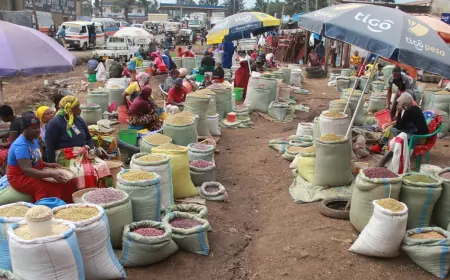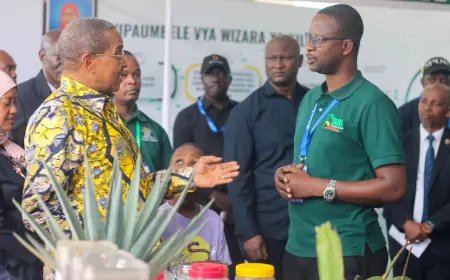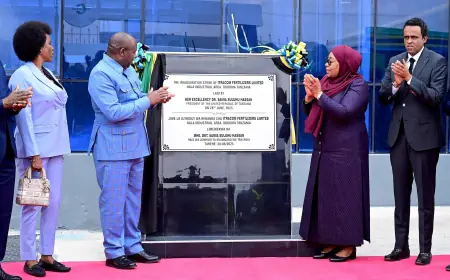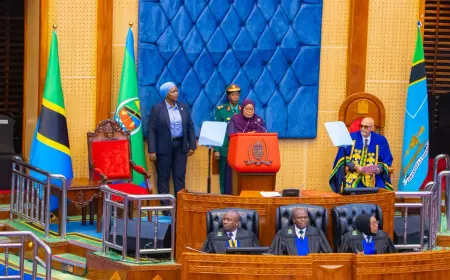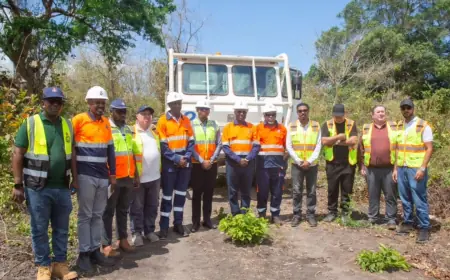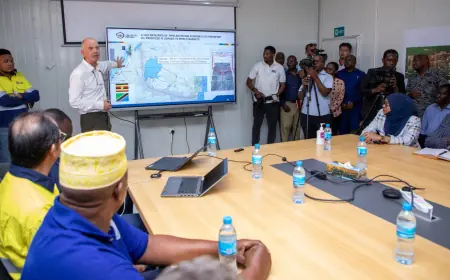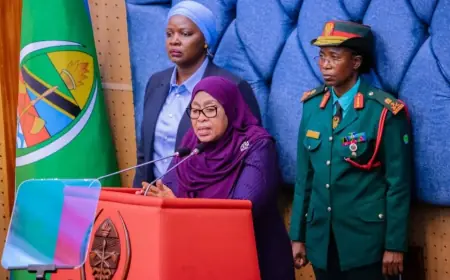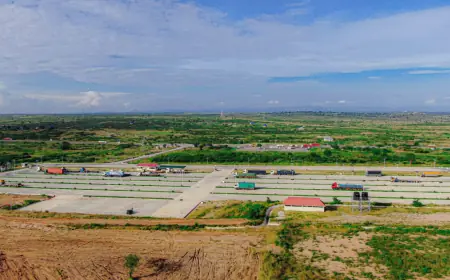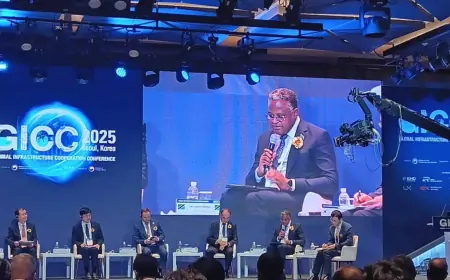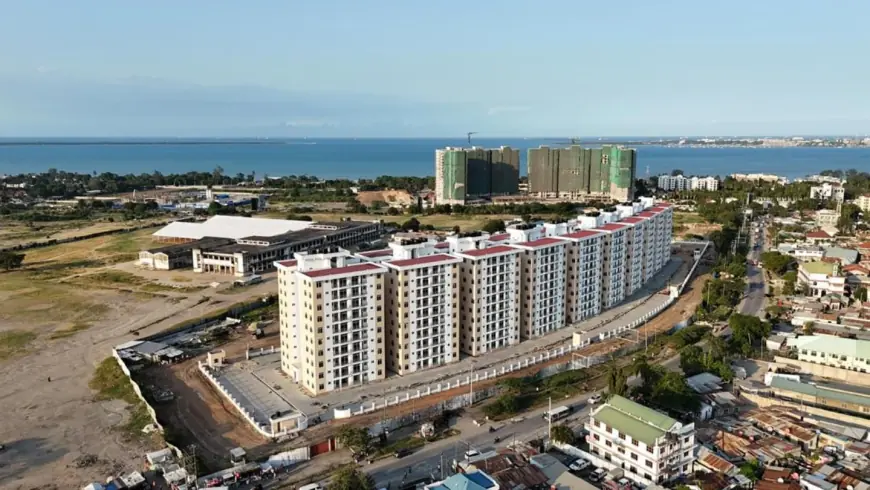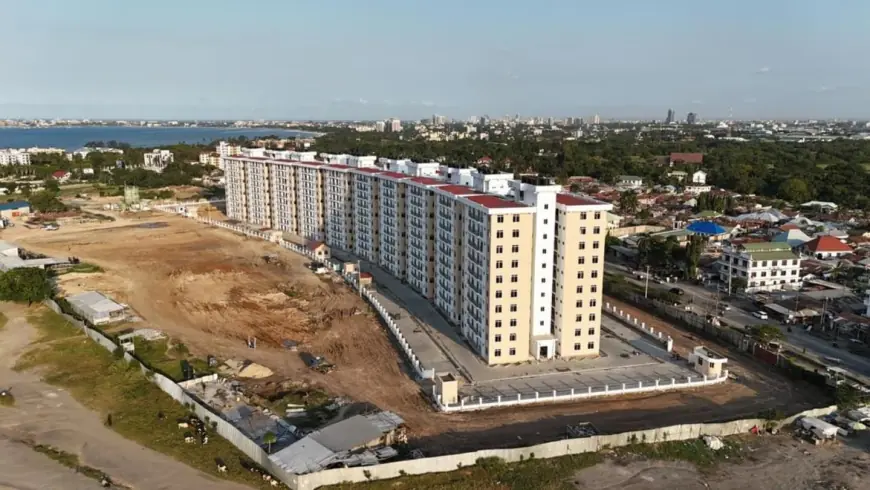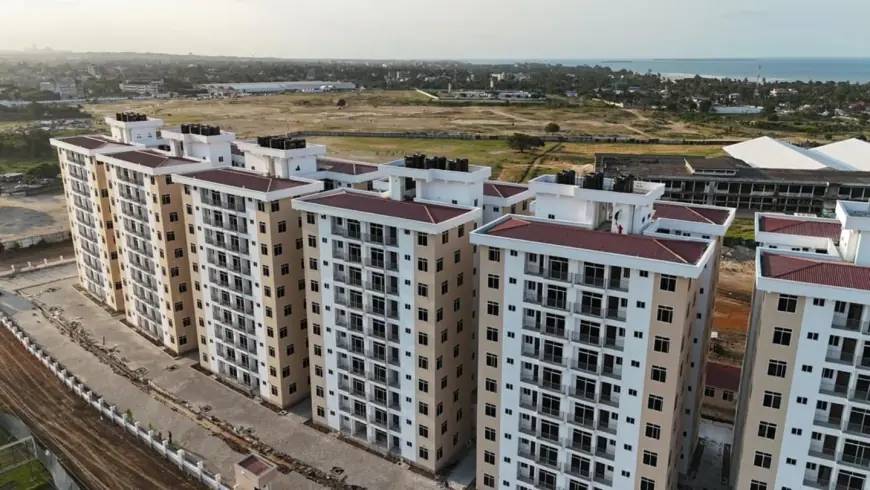Competition intensifies as more banks join Tanzania mortgage market
Fourteen years since the mortgage industry was formally structured, the number of financial institutions offering mortgage products has grown from three in 2009 to over 30 by the first quarter (Q1) of 2025
Dar es Salaam. The mortgage market in Tanzania continues to expand, buoyed by increasing competition, despite persistent challenges that must be addressed to enable more citizens to own homes.
Fourteen years since the mortgage industry was formally structured, the number of financial institutions offering mortgage products has grown from three in 2009 to over 30 by the first quarter (Q1) of 2025, a new report shows.
The Tanzania Mortgage Market Update, issued by the Bank of Tanzania (BoT) on July 24, indicates that the market remains concentrated among five top lenders, who collectively command 62 percent of the market share.
“CRDB Bank Plc was the market leader, commanding 31.99 percent of the mortgage market share, followed by NMB Bank (10.95 percent), Azania Bank (8.34 percent), Stanbic Bank (5.46 percent), and First Housing Finance Company Limited (5.30 percent),” the update states.
Tanzania faces an estimated housing demand of 200,000 units annually, with a cumulative shortage of around 3 million housing units.
The report further reveals that the mortgage repayment period has improved significantly, from a previous maximum of 5–7 years to up to 25 years offered by lenders today.
As competition intensifies, the average mortgage interest rate has fallen from around 22 percent in 2010 to an average of 16 percent, a development that could draw more borrowers into the market.
However, the rate remains relatively high for many Tanzanians.
The report acknowledges that high-interest rates and a lack of affordable housing continue to be major constraints on the growth of the mortgage sector.
“While interest on residential mortgages has improved from 22–24 percent in 2010 to between 13–19 percent currently, market interest rates are still relatively high, hence negatively affecting affordability,” it reads.
“Demand for housing and housing loans remains extremely high but is constrained by the inadequate supply of affordable houses and high interest rates on housing loans,” the report adds.
To improve access for low-income earners, the government has introduced the Housing Microfinance Fund (HMFF), which provides long-term loans to individuals who lack access to traditional housing finance—either for construction or for home improvements.
However, analysts argue that the government needs to go further to stabilise mortgage interest rates.
“The government should monitor lending rates offered by financial institutions to encourage real estate investment, as interest rates remain a major obstacle for investors,” said Dr Theobald Francis Kipilimba of Ruaha Catholic University (RUCU), in a research paper titled Impacts of Real Estate Investments Towards the Economic Growth of the Country – Case of Tanzania.
Despite the high demand and growing number of financial institutions offering mortgages, the volume of mortgage lending remains modest, with only 5,740 active mortgage accounts nationwide.
The value of residential mortgages stood at Sh683.03 billion as of March 31, 2025, up from Sh659.30 billion recorded on December 31, 2024—representing a quarter-on-quarter growth of 3.6 percent.
“The overall average mortgage debt size as of March 31, 2025, was Sh118.66 million, equivalent to $44,438.12, compared to Sh114.78 million, or $42,985.06, in the previous quarter,” the report notes.
The ratio of outstanding mortgage debt to Gross Domestic Product (GDP) stood at 0.42 percent in Q1 2025, up from 0.40 percent in the previous quarter.
Challenges facing the mortgage market
The BoT report outlines several obstacles facing the sector.
“Demand for housing and housing loans remains extremely high, but is constrained by the inadequate supply of affordable houses and high-interest rates charged on housing loans,” it notes.
While most lenders offer mortgages for home purchases and equity release, only a few extend loans for self-construction, an option that remains costly and beyond the reach of most Tanzanians.
Moreover, bureaucratic challenges in issuing land titles, particularly unit titles, continue to hamper borrowers' eligibility for residential mortgages.
Dr Kipilimba further recommends that the government regulate land acquisition, particularly for real estate investors, citing prolonged and cumbersome procedures that make acquiring land in urban areas both difficult and expensive.
“Building materials and construction costs are also high. Additionally, reliance on expatriate workers, due to a shortage of skilled local professionals in the construction sector, further increases costs, as do mortgage administration expenses,” he observed.
The financial institutions currently offering mortgage products in Tanzania include: CRDB Bank Plc; NMB Bank Plc; Azania Bank Plc; Stanbic Bank Tanzania Ltd; First Housing Finance Company Ltd; Tanzania Commercial Bank Plc; DCB Commercial Bank Plc; KCB Bank Tanzania Ltd; Exim Bank Tanzania Ltd; National Bank of Commerce Ltd; Absa Bank Tanzania Ltd; Equity Bank Tanzania Ltd; Bank of Africa Tanzania Ltd; NCBA Bank Tanzania Ltd; and Amana Bank Ltd.
Others are Access Bank Tanzania Ltd; Diamond Trust Bank Tanzania Plc; I\&M Bank Tanzania Ltd; Standard Chartered Bank Tanzania Ltd; Akiba Commercial Bank Plc; People’s Bank of Zanzibar Ltd; Maendeleo Bank Plc; Ecobank Tanzania Ltd; Mwanga Hakika Bank Ltd; Mucoba Bank Plc; Mkombozi Commercial Bank Plc; Bank of Baroda Tanzania Ltd; TIB Development Bank Ltd; Letshego Faidika Bank Tanzania Ltd; and International Commercial Bank Tanzania Ltd, alongside Citibank Tanzania Ltd.
Tanzania established the Tanzania Mortgage Refinance Company Limited (TMRC) in 2010 under the Housing Finance Project (HFP) to provide long-term funding both in the forms of refinancing and pre-financing to facilitate Primary Mortgage Lenders (PMLs) matching their assets (mortgage) and liabilities (funding).
As of March 31 2025, TMRC had extended loans worth Sh162.70 billion ($60.93 million) to 17 PMLs through refinancing and pre-financing residential mortgages. The loans advanced by TMRC to PMLs were equivalent to 24 percent of the total outstanding mortgage debt.
What's Your Reaction?
 Like
0
Like
0
 Dislike
0
Dislike
0
 Love
0
Love
0
 Funny
0
Funny
0
 Angry
0
Angry
0
 Sad
0
Sad
0
 Wow
0
Wow
0
